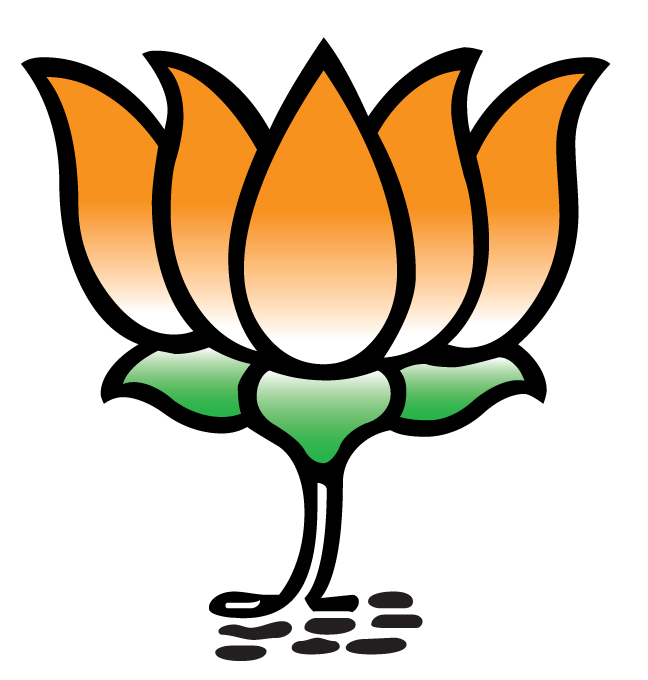Features of political parties in India

 As compared to other democratic countries Indi[3]
As compared to other democratic countries Indi[3]a has a large number of political parties, it has been estimated that over 200 parties were formed after India became independent in 1947.
One feature of the political parties in India is that the parties are generally woven around their leaders, the leaders actively playing a dominant role, the role of leadership can be transferred and tends to take dynastic route. Such parties include both national and regional parties, parties such as Indian National Congress(INC) has been led by Nehru-Gandhi dynasty since independence, starting from Jawaharlal Nehru who dominated the INC and led it to victory in three consecutive elections. After a brief interlude of the prime ministership of Lal Bahadur Shastri, Nehru's daughter, Indira Gandhi became prime minister. After the split in the Congress party in 1969 she formed her own Indian National congress (Ruling). After a further split, she formed the Congress (Indira) or Congress(I). Indira remained the leader of the party until her death in 1984, when her son Rajiv Gandhi took the reigns and after his death his widow Sonia Gandhi, the current leader of INC took command.[4] As a result of such dominance, the leaders of political parties of the country tend to take an autocratic tone.




.jpg)
.jpg)







0 comments:
Post a Comment